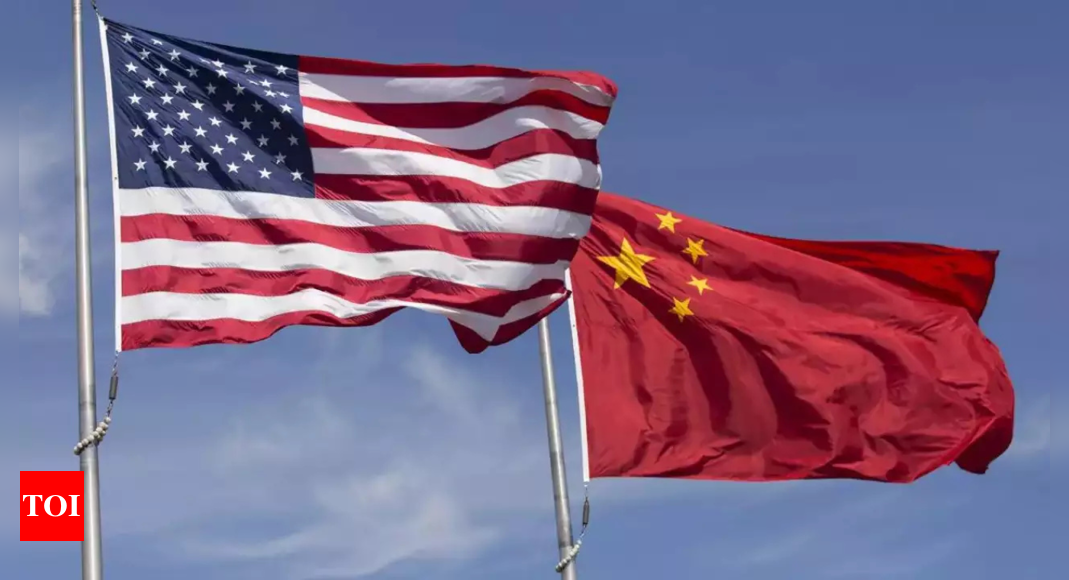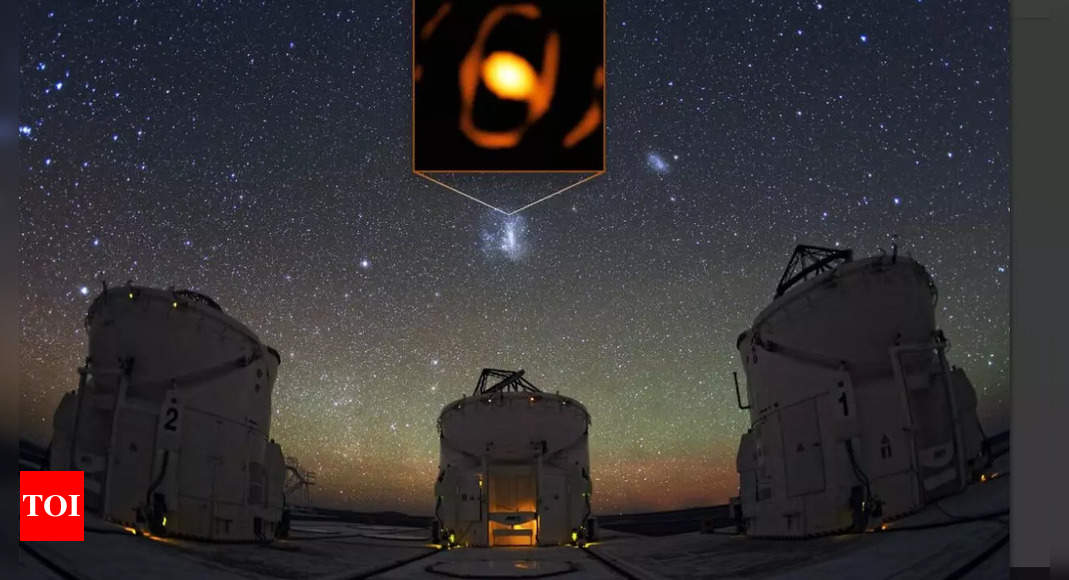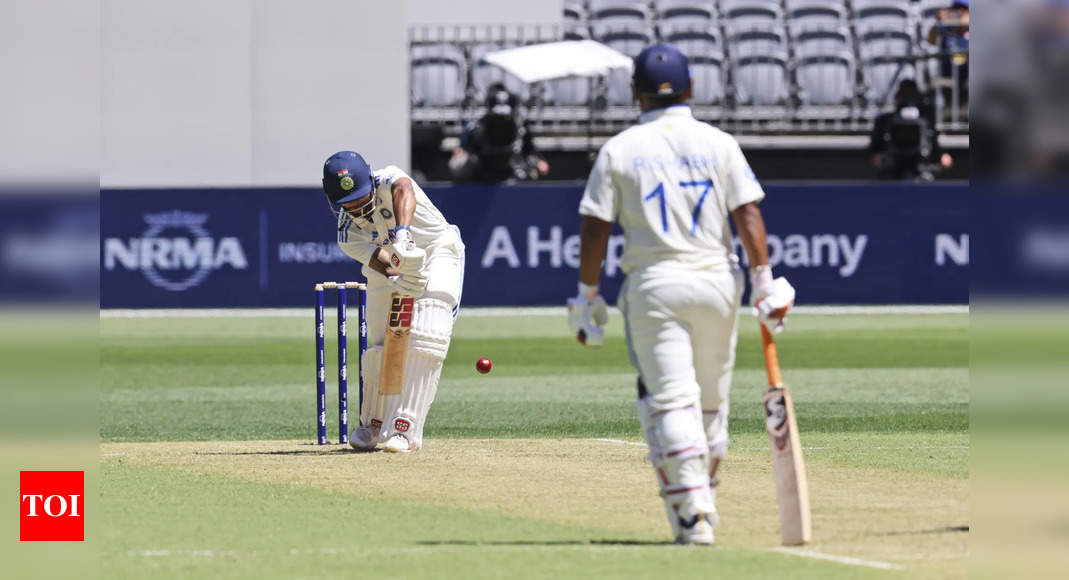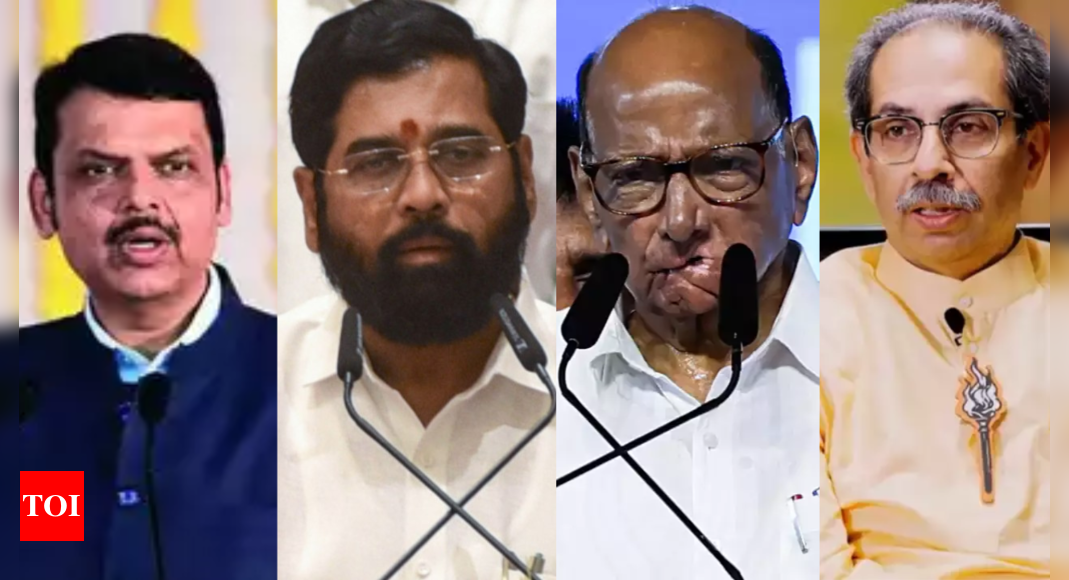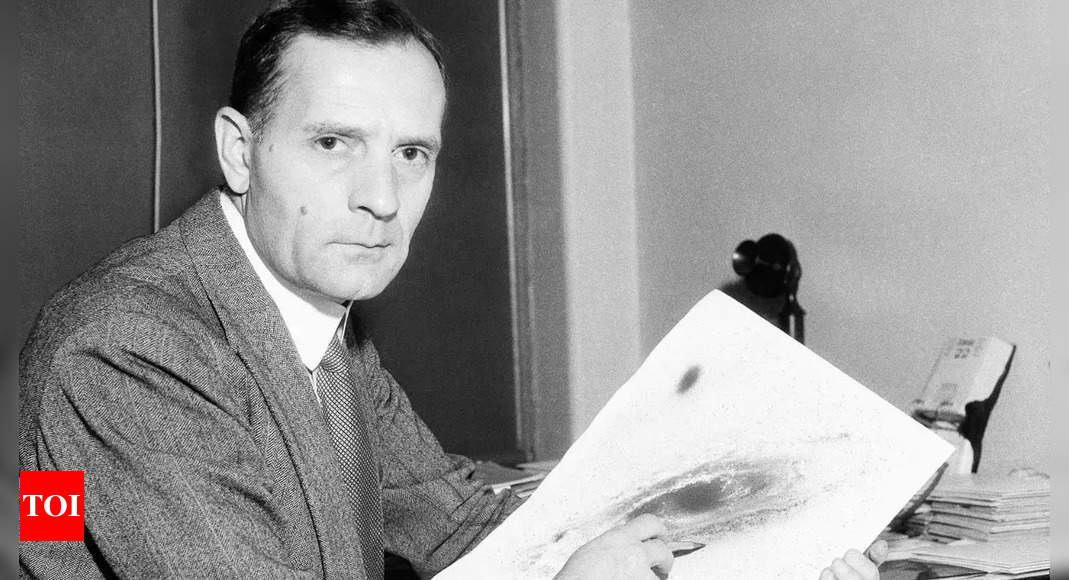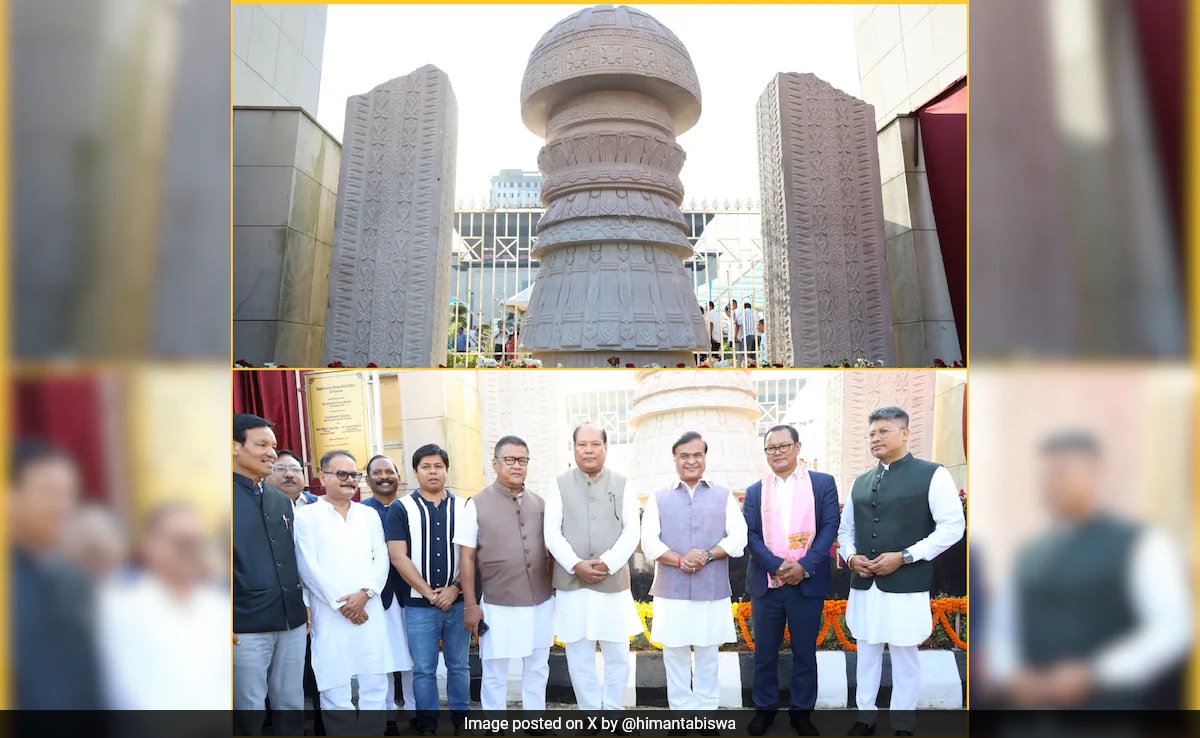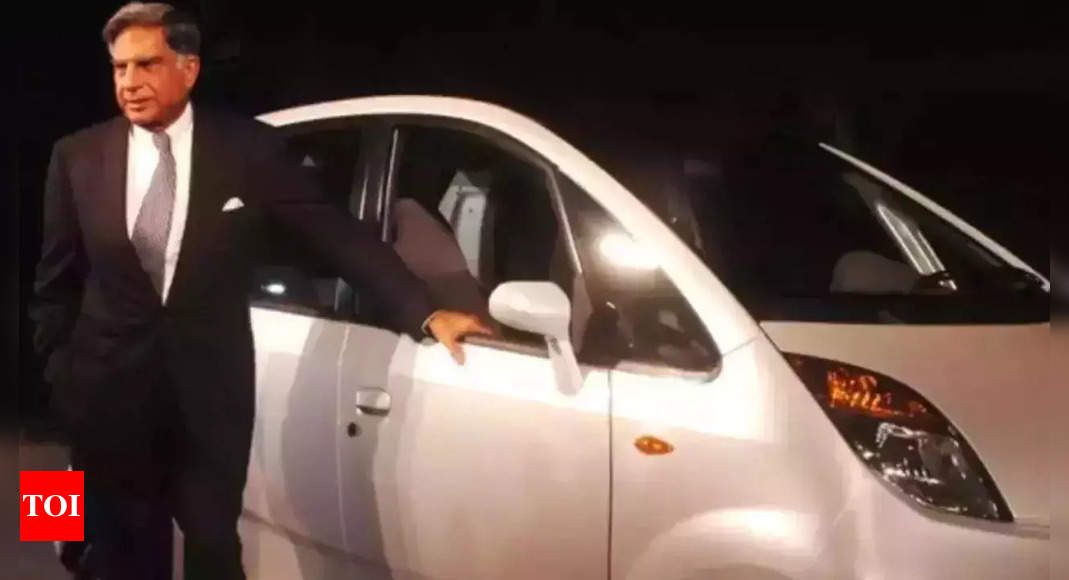
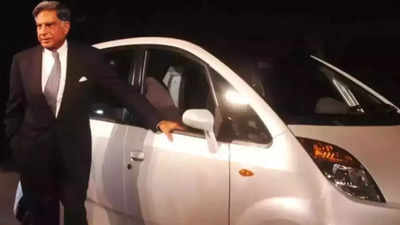
NEW DELHI: Among the most audacious projects that Ratan Tata attempted in his storied and long career, the budget car Nano was perhaps one that was closest to his heart. The car, which was conceptualized by Tata in the early 2000s, was aimed at providing middle-class Indians with an all-weather, safe, and affordable four-wheeler that would ferry families with ease and comfort even in adverse road and weather conditions.
“What really motivated me, and sparked a desire to produce such a vehicle, was constantly seeing Indian families on scooters, maybe the child sandwiched between the mother and father, riding to wherever they were going, often on slippery roads,” Tata said in an Instagram post as late as May 2022, long after the much-fancied car – which created a stir across the world due to its absolutely dirt-cheap pricing of Rs 1 lakh ($2,500 then) – had faded away, somewhat unceremoniously.
The Nano was popularly called the ‘lakhtakia’ car (Rs 1 lakh) in local parlance in the run-up to its launch, and was launched with much fanfare by Tata himself along with his entire team in March 2009 (it was first unveiled at the 2008 Auto Expo in New Delhi).
The evolution of the snub-nosed, 4-seater car was considered as revolutionary as Ford’s Model T, Volkswagen’s Beetle and the British Motor Corp.’s Mini — all of whom went on to rewrite automotive history. But alas, that was not to be with the Nano.
The car, which initially saw a deluge of bookings, was soon mired in controversies — right from the location of the factory where it had to be produced (the then West Bengal opposition leader Mamata Banerjee’s stir saw its manufacturing shift from Singur to Sanand in Gujarat in Oct 2008); to facing sporadic incidents of fire due to mechanical issues; to being billed as unsafe; to be being branded as a ‘poor man’s car’. The last one saw many middle-class Indians avoid buying the car, which came strapped with a 625cc engine and was rather smaller in size compared to many other entry cars such as the Maruti800.
Later, in a TV interview in 2013 – when the Nano was gradually being written off from the market with very low interest from buyers — Tata himself admitted that its image of being a poor man’s car had acted as a “stigma”.
He admitted that Tata Motors had made a mistake in marketing and positioning of the car. “It became termed as the cheapest car by the public and, I am sorry to say, by ourselves, not by me, but the company when it was marketing. I think it was unfortunate.”
He said that the car should have been marketed more to two-wheeler buyers as an “affordable” and safe, all-weather option, but not as “the cheapest” vehicle on the road.
Such was the downfall of the Nano that Tata Motors did not produce a single unit of the car in 2019. Finally, the car was discontinued around 2020 on almost no sales, and as the stiff emission and safety standards would have made its existence impossible in its form.
But the failure of the product in no way diminishes the audacious and bold attempt of Ratan Tata – the dreamer — to give middle-class Indians a safe, affordable, all-weather car. This fact was conceded by none other than RC Bhargava, the man instrumental in the formation and evolution of Maruti Suzuki, the ubiquitous homegrown brand that has dominated the affordable car segment for decades.
Bhargava said that Ratan Tata needs to be lauded and should be given credit for attempting to offer millions of Indians with an affordable car, something even his company could not manage to do. “The intention was a good intention and Tatas tried to fulfil that intention. Anyway we could not have done it. I think he needs credit for having attempted it,” he said in 2016.



